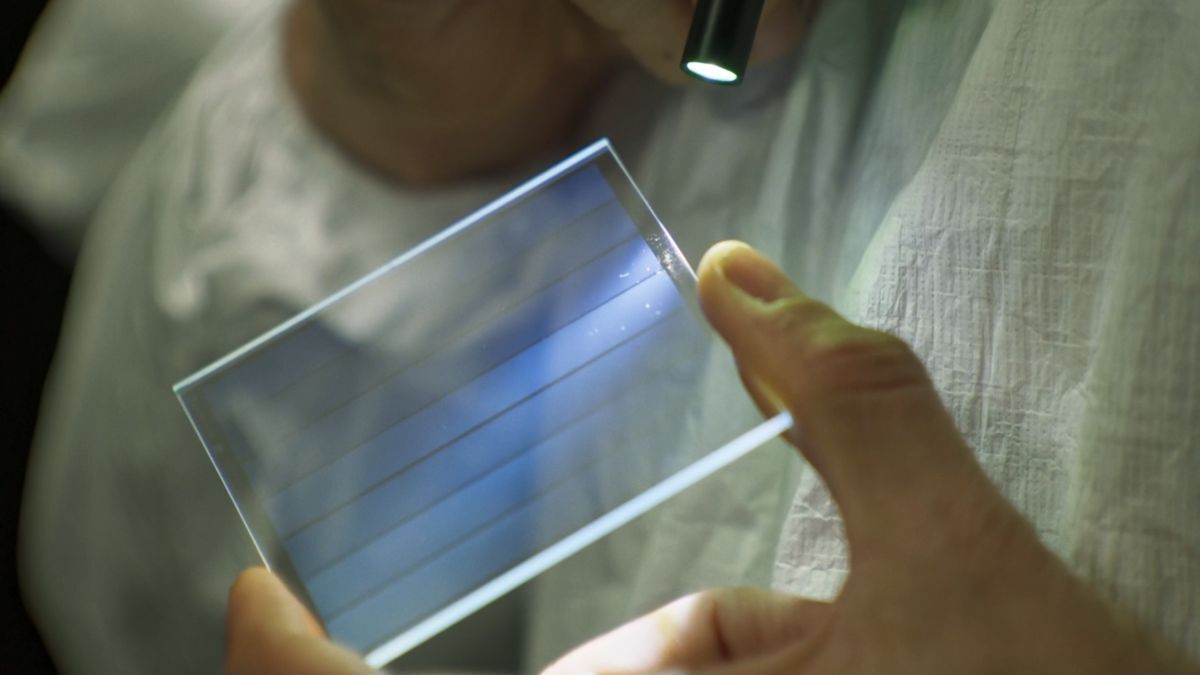Data is written in a square glass platter with ultrafast femtosecond lasers through voxels. These are permanent modifications to the physical structure of the glass, and allow for multiple bits of data to be written in layers across the surface of the glass. These layers are then stacked vertically in their hundreds.
To read data, they employ polarization microscopy technology to image the platter, while the read drive scans sectors in a Z-pattern. The images are then sent to be processed and decoded, which leans on machine learning model to convert analog signals to digital data.



My understanding is that, over a long enough time period, even with good error correction, bitrot is going to creep in. I think you’re right, right now they’re really, really good at it. But I don’t think there’s an equivalent of like acid-free museum quality paper or whatever that they use to write important documents on. Reading and writing to disc drives and SSDs degrades the hardware and errors creep in. And so as far as I know, if you’re talking about storing digital data for decades or centuries, we don’t really have anything right now.
This sounds like they’re using lasers to write the data in to the glass permanently, which sounds like it’ll be there for a long, long, long time and not subject to some fo the issues hard discs and SSDs have. That could be a big help to the problem of really long term storage.
Without a single degree, they built us papyrus that lasted thousands of years
And then the engineers arrived and gave us bitrot
deleted by creator